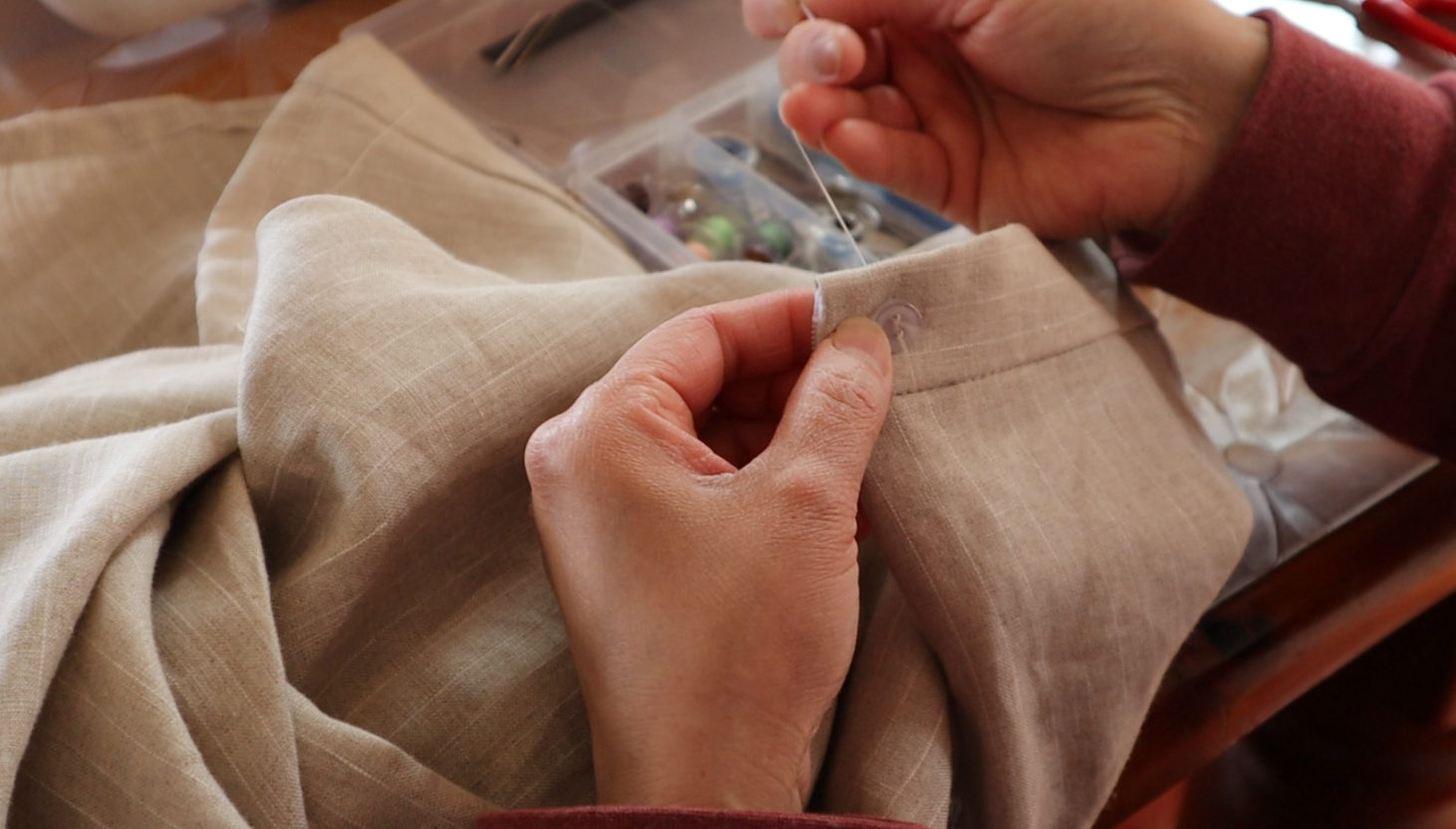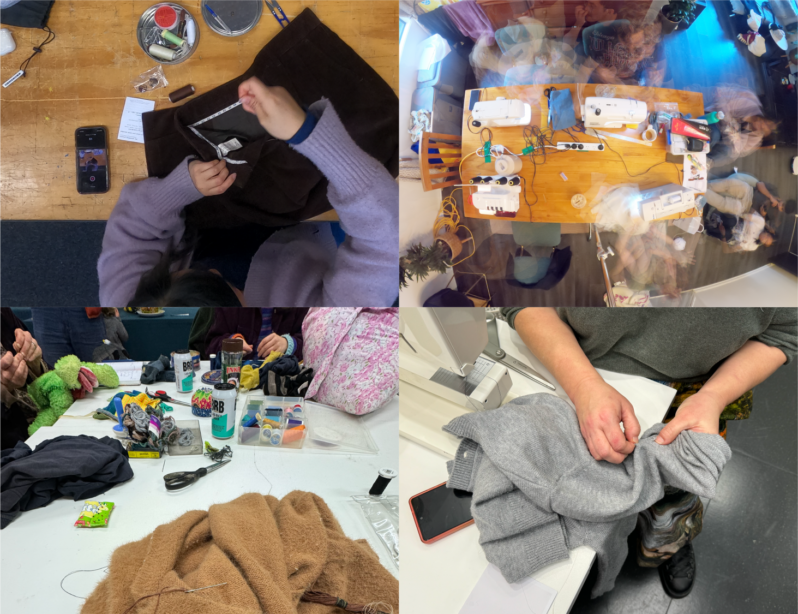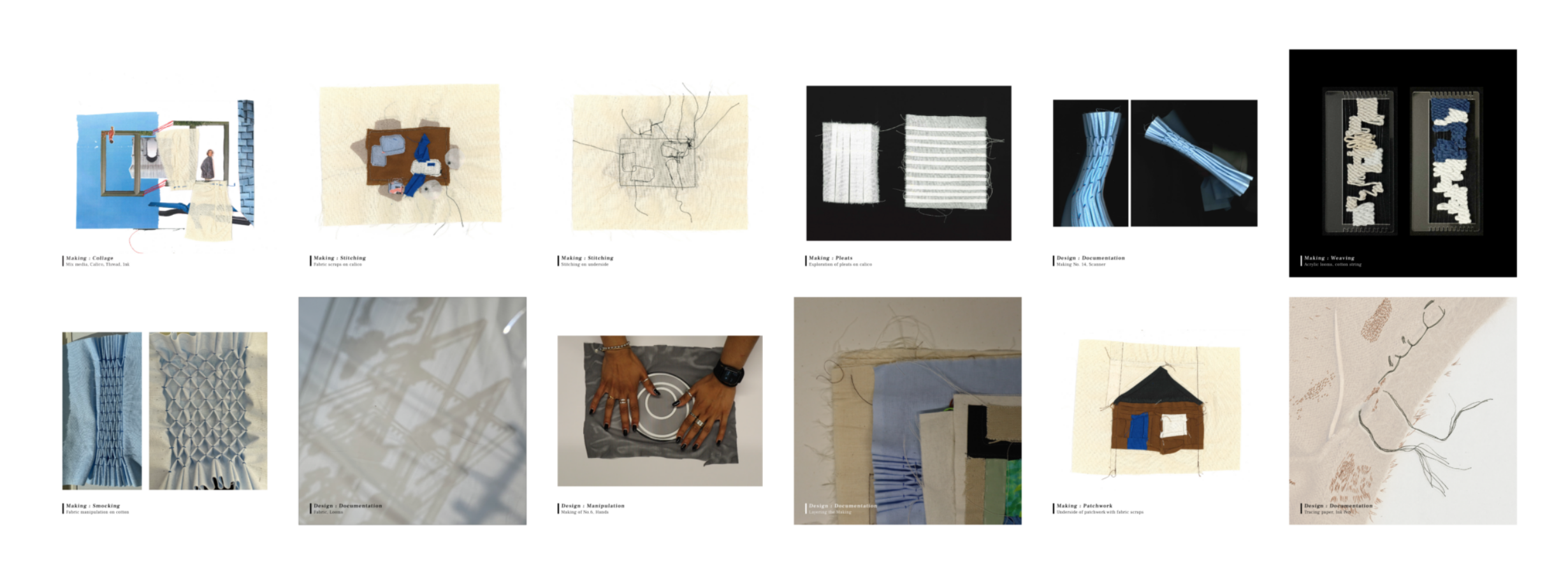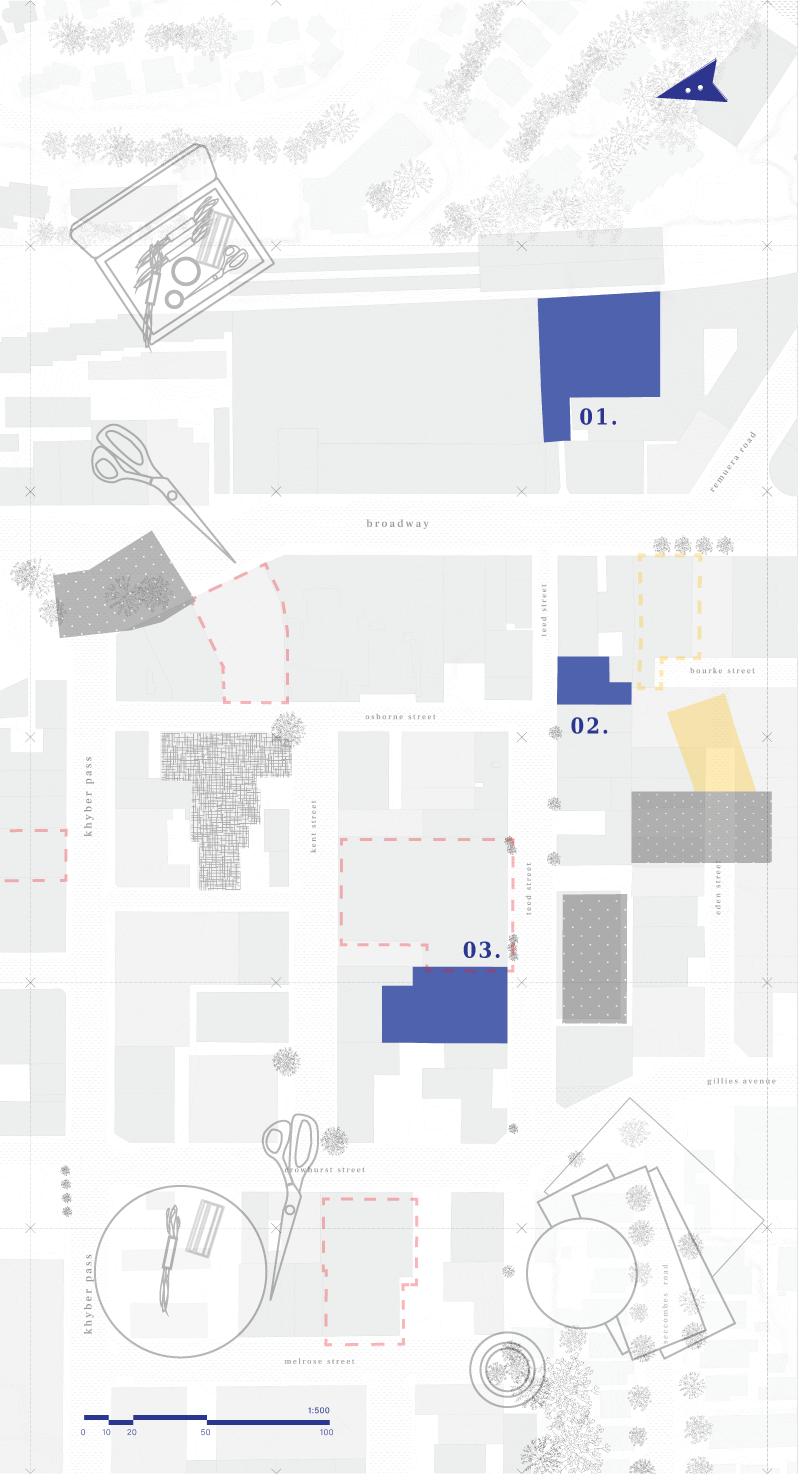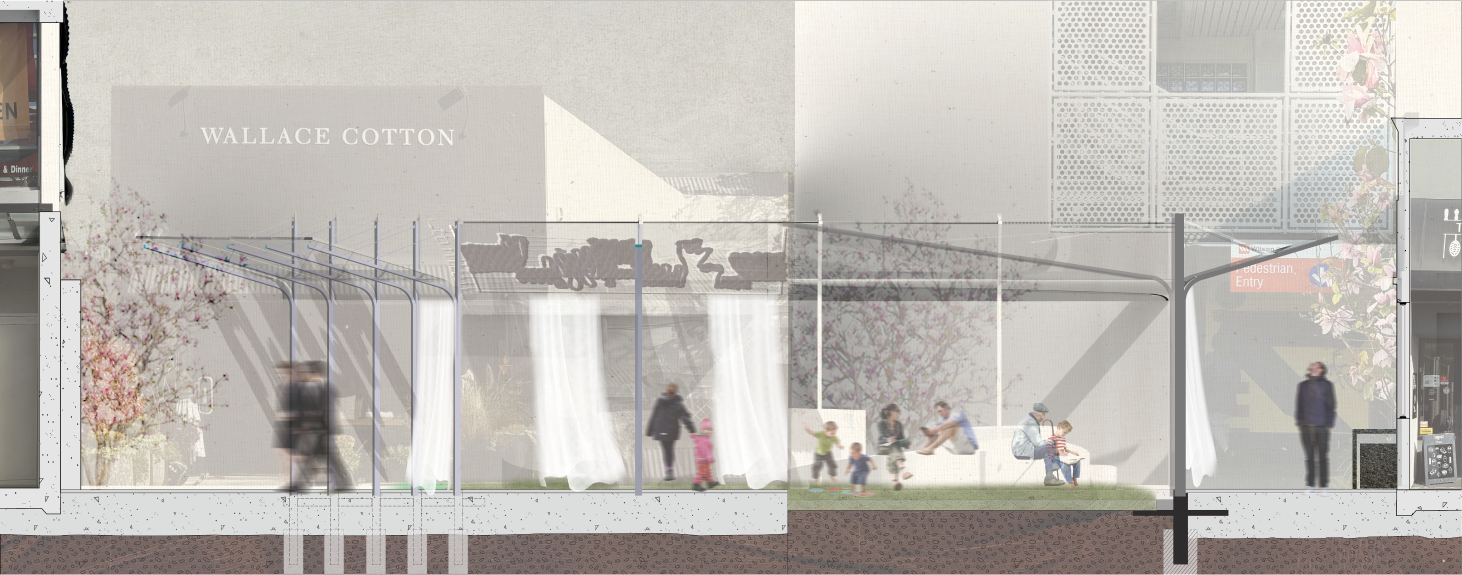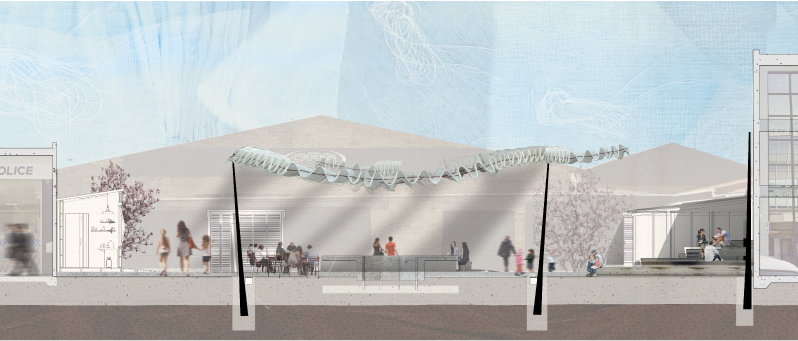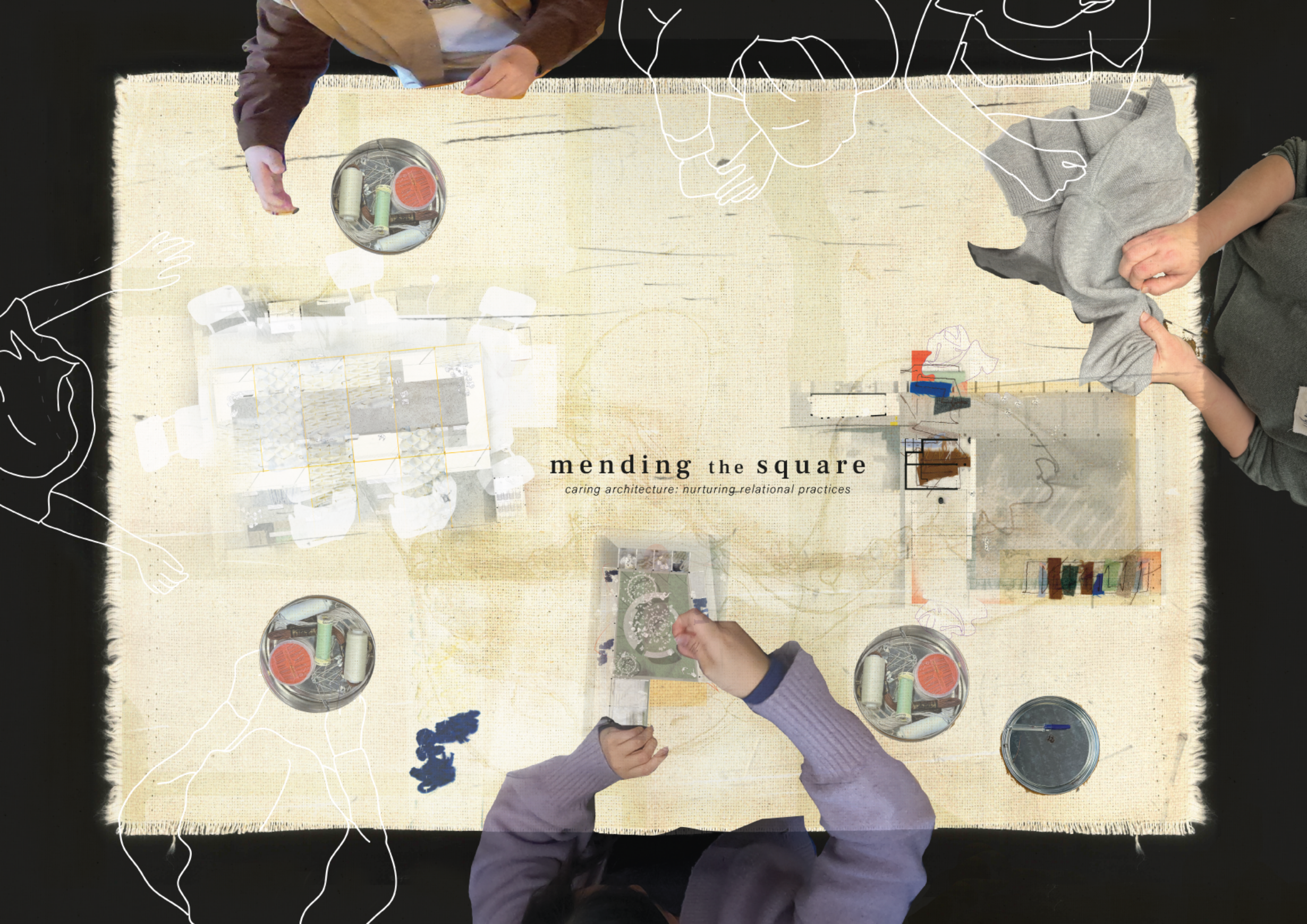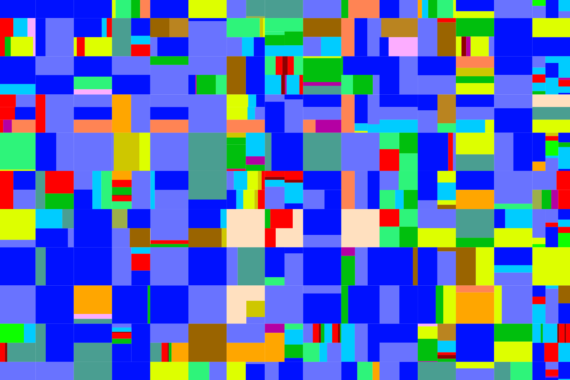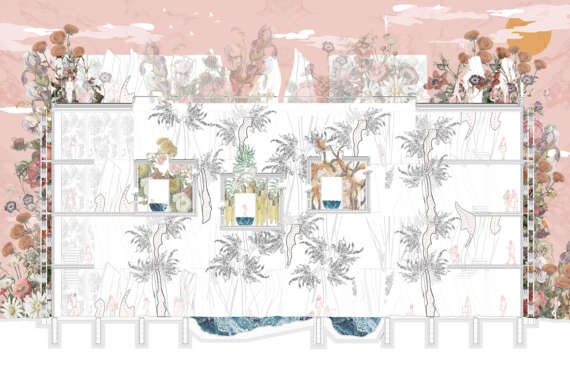Mending the Square
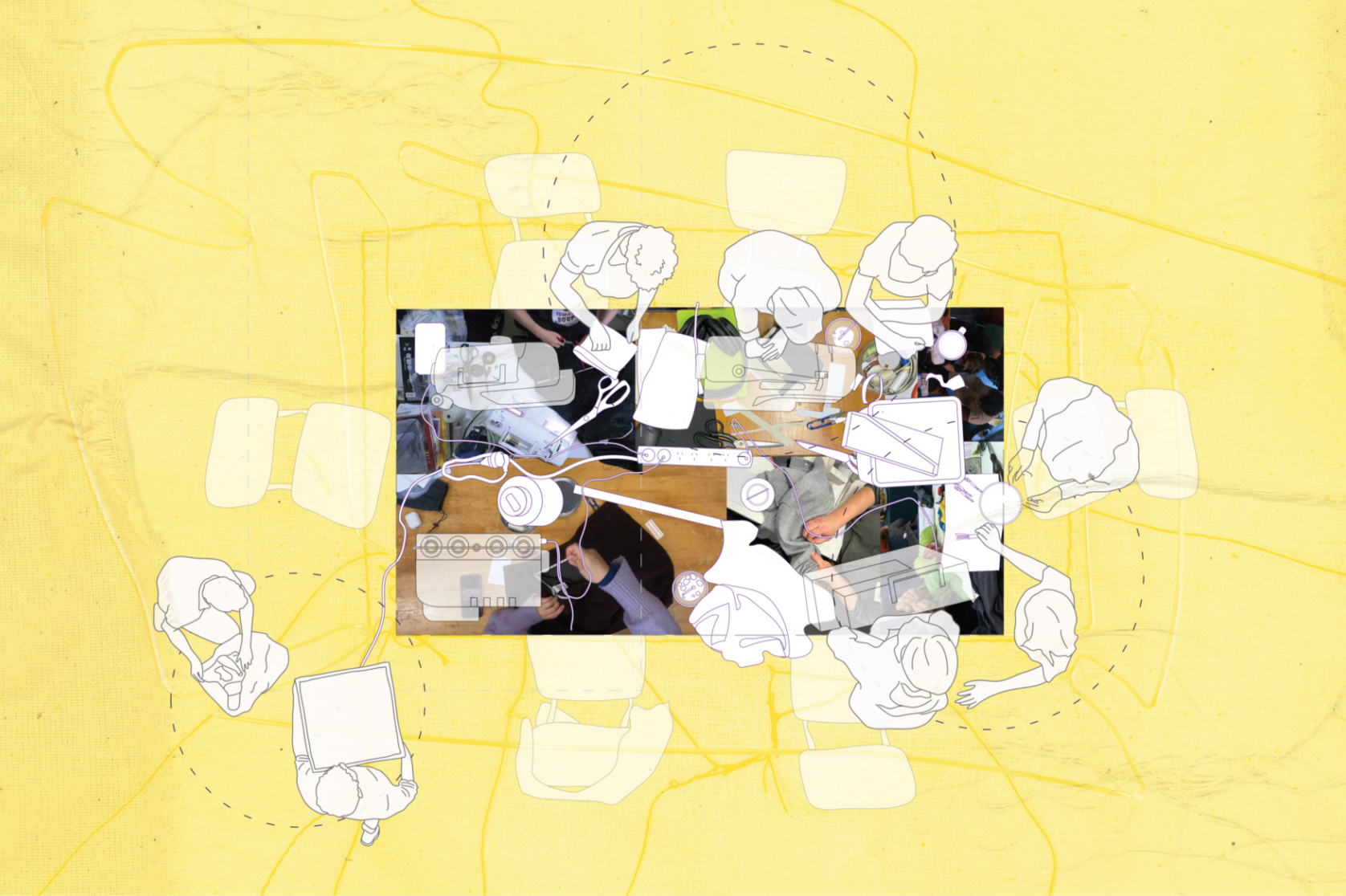
The act of mending manifests in various forms and takes place in different spaces. The thesis explores mending as a form of care, using the philosophical framework of the ethics of care to reimagine our urban spaces. Could we care for these 'broken' spaces like we care for our beloved garments?
'To mend is to care.'
The care we invest in repairing beloved objects or garments by mending them extends their life and embraces transformative changes. Those who tended to these repairs with care were often our maternal figures, influencing how we interact in the social sphere and shaping the spaces we inhabit.
Recognising the essential role care can play in our city's social and physical fabric, advocating for urban spaces that prioritise intentional repairs to these spaces by involving the community, strengthens their sense of belonging and, more importantly, with one another.







